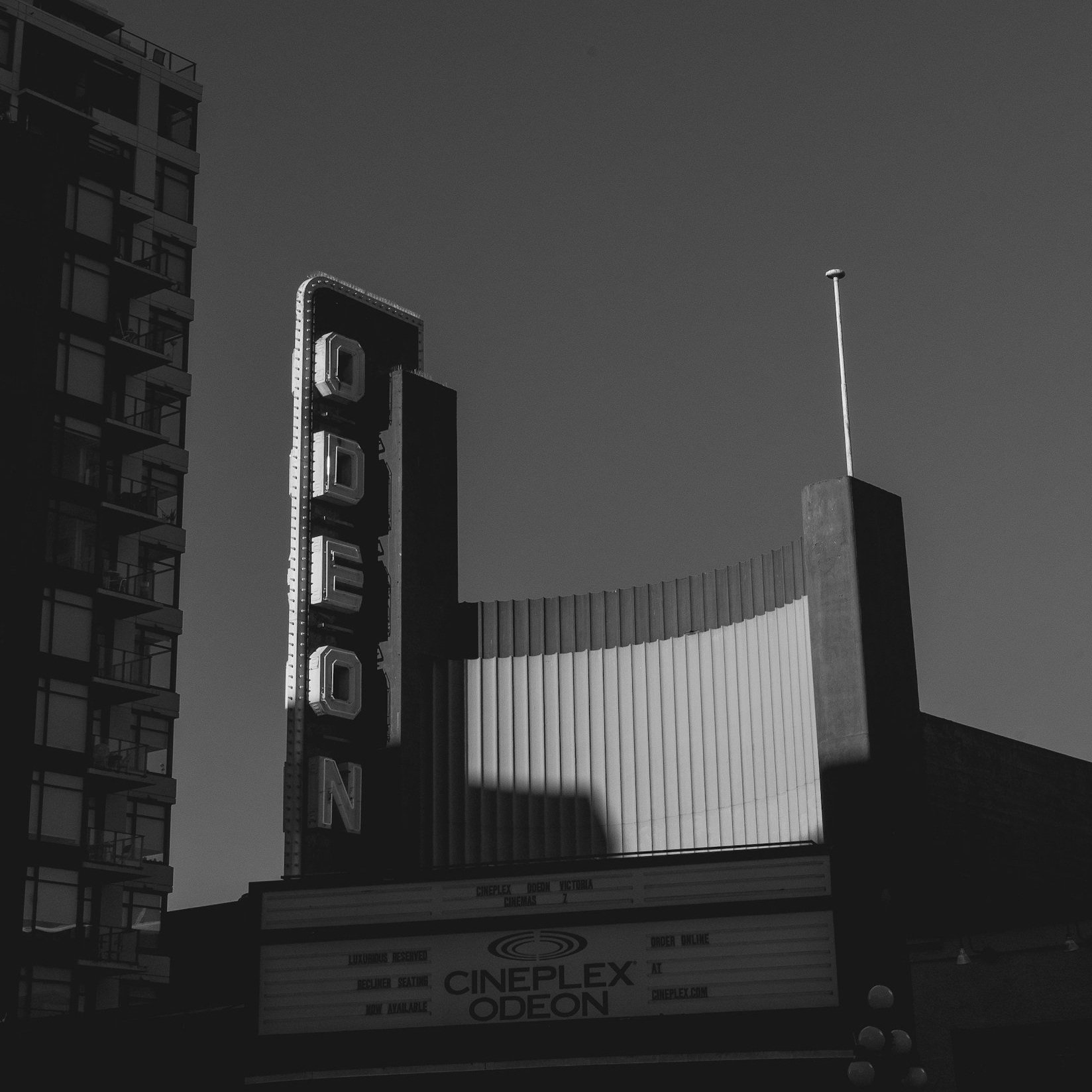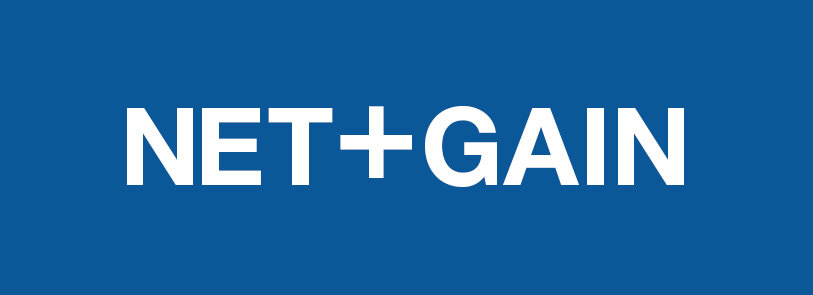
Why the RMTS Policy Change Could Shrink the Theatre Scene in Victoria, BC
The problem?
Outdated essential infrastructure and high demand for stage time.
The RMTS policy change might look like a small tweak on paper, but for the Prime Users—local arts organizations like VSS, POV, and DVS—it’s a domino effect waiting to happen. The policy forces these groups to give up prime dates at the Royal Theatre, which are their bread and butter for ticket sales. Losing these key dates means less revenue, and less revenue means cutting back on the programs that make these organizations special—like community outreach and riskier, high-value productions.
The RMTS policy refers to a proposed change by the Royal and McPherson Theatres Society (RMTS) that reallocates prime performance dates at the Royal Theatre. These dates, traditionally reserved for local performing arts groups—known as the Prime Users (Victoria Symphony Society (VSS), Pacific Opera Victoria (POV), and Dance Victoria Society (DVS))—would instead be opened up to commercial renters.
The key elements of the policy include:
Reallocation of Prime Dates: Shifting highly desirable performance dates (weekends and peak seasons) away from the Prime Users to attract commercial events that could generate higher short-term revenue for RMTS.
Fee and Surcharge Adjustments: Likely changes to rental costs and associated fees, impacting the budgets of Prime Users.
Increased Scheduling Conflicts: By prioritizing commercial renters, the Prime Users face disruptions to their carefully planned seasons, affecting their ability to schedule performances cohesively and efficiently.
While the policy aims to increase RMTS revenue by leveraging high-demand dates, it inadvertently places significant financial and logistical strain on the Prime Users, who rely on these dates to maximize ticket sales, maintain their programming, and secure ongoing funding.
Rising to Challenges
The ripple effects of this policy go beyond lost ticket revenue. When programming gets scaled back, government funders and private donors often reduce their support, seeing less impact from the arts groups. Rising production costs—like extra crew fees and longer artist contracts—add to the financial strain. Scheduling conflicts caused by the policy also make it harder for these groups to collaborate effectively, like sharing orchestras or securing key venues.
These challenges force the Prime Users to make tough decisions, cutting discretionary spending and even trimming artistic quality over time. While they might absorb the hit in the first year, the long-term cumulative impact is significant, threatening the scale and stability of the arts scene.
Results and Final Takeaways
The arts thrive on stability, collaboration, and community trust. By disrupting this delicate ecosystem, the RMTS policy risks shrinking the very arts scene it should be supporting. Fewer shows, smaller productions, and reduced appeal to funders and donors are the likely outcomes. If the goal is to create a thriving arts community, a better balance must be struck—one that supports both commercial growth and the sustainability of the Prime Users. Otherwise, this policy might end up doing more harm than good.


